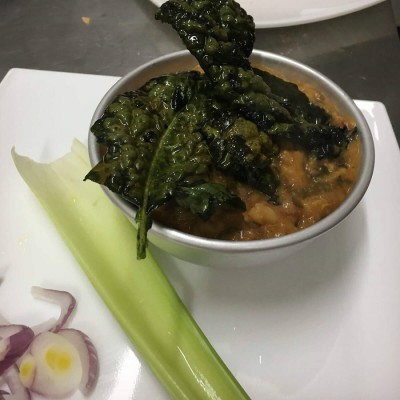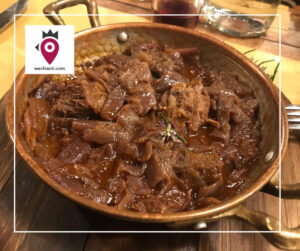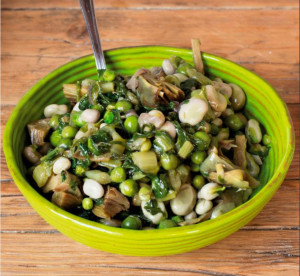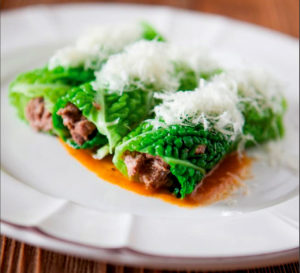Articolo disponibile anche in: Italian
Bread is possibly the food most intimately connected to man and his evolution. Even today we discuss the spark in the passage of evolution – important as language, the wheel, and the mastery of fire.
These helped man in the discovery of leavening, that fermenting process which brings a mixture of a cereal flour and water to rise, thanks to the war of yeasts and baking, marvelously crunchy on the outside, scented and soft on the inside. The bread eaten in Tuscany today emerges from these routes but has assumed its own well defined characteristics.
When we hear about “pane sciocco”, we immediately think of Florence and its delicious unsalted bread. Salt has always been a precious element, fundamental for food conservation and flavor.
Many imposing roads were constructed for its distribution, the via Salaria for example, and salaries were in the form of salt (salary).
To spite the Florentines, during the middle ages, Pisans kept salt from the Florentines by blocking the ports for a long period. By blocking the salt ships, the proverbial rivalry between the two cities began.
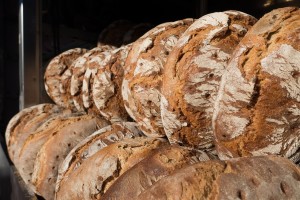
We therefore, especially the middle classes, thanks to the creative genious of the farm civilization, began to make bread with what was available: wheat, water, yeast and very little or no salt
. The classic loaf of white Tuscan bread received affirmation only after World War II, when it represented the wish of our grandparents to bring “rich” bread to the table, one made with refined grain wheat flour, which helped them forget the whole wheat rationed bread, only partially leavened, which they ate during the dark years of the war to relieve their hunger.
Another peculiarity of unsalted Tuscan bread has always been its capacity to find itself in the middle of the table as an accompaniment (“non ci si sfama senza pane” – you need bread to relieve your hunger): Saltless, neutral, good whether fresh or a few days old, Tuscan bread goes with everything and is perfect for the highly seasoned Tuscan cuisine.
And it couldn’t be thrown away; otherwise it was a sin. Leftover bread was the essential base for those dishes which are now heralded as the grand classics of popular Florentine cuisine.
“Pappa al pomodoro” or “panzanella” when it is warm outside, ”ribollita” during the winter as well as black cabbage, but also in meat mixed with inexpensive ingredients, like meatballs or meatloaf during the entire year.
These are only some of the classic dishes based on unsalted bread. They are tasty, simple, inexpensive and have the undeniable taste of a most authentic Tuscany.
Francesco Sorelli (http://mytalesoftuscany.altervista.org/) – Foto di Sandra Pilacchi
